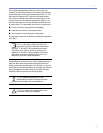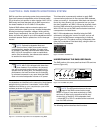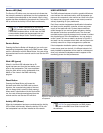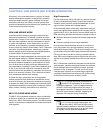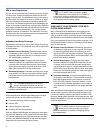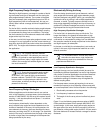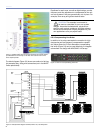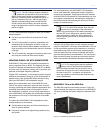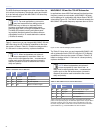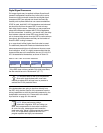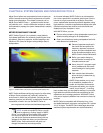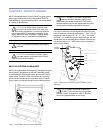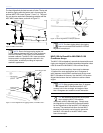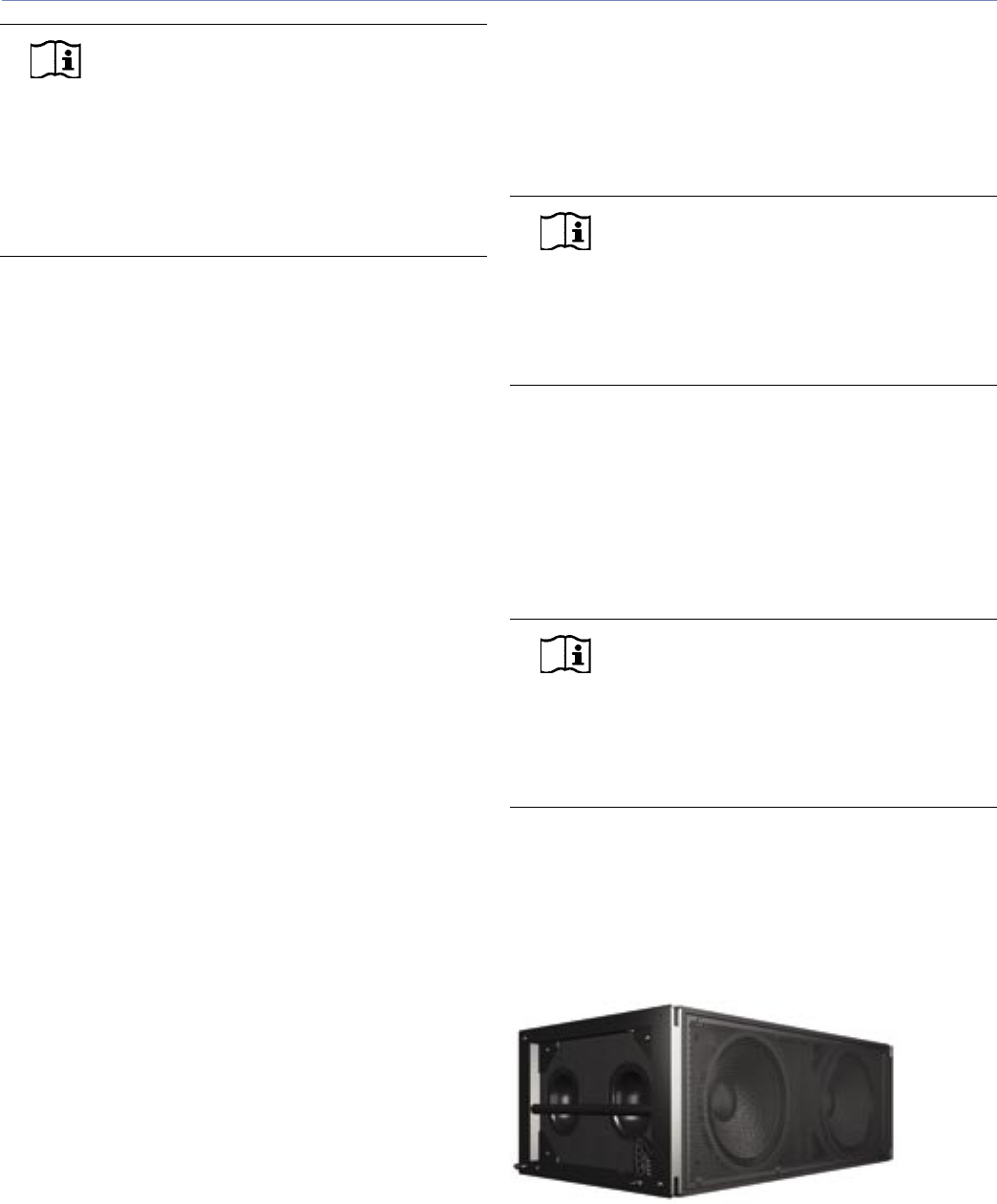
23
CHAPTER 5
NOTE: The LD-3 utilizes multiple-variable at-
mospheric loss equations and pre-calculated
MAPP Online stored values to provide frequency
response correction quickly and efficiently (up to 16
kHz at a resolution down to 1 dB). Its high-quality,
digitally-controlled analog filters provide the best
of both worlds: the low latency and wide dynamic
range of analog and the nimble, precise, repeatable
results of digital.
The LD-3 was specifically designed to allow you to follow
these strategies:
■ The array can be divided into a maximum of three
zones.
■ The LD-3’s atmospheric correction capabilities com-
pensates for the air absorption of the air at high fre-
quencies. Each section allows different correction set-
tings according to the distance each section’s intended
coverage.
■ The LD-3 effectively manages low-frequency build-up in
the array and corrects all three zones equally.
USING MILO/MILO 120 WITH SUBWOOFERS
A MILO/MILO 120 system will provide full bandwidth fre-
quency response down to 60 Hz. The height of the array
(number of cabinets) will determine the total SPL available
and how much low frequency energy can be provided, pro-
portional to the upper-frequency spectrum.
If higher SPL is necessary, or the program content requires
additional low-frequency energy (e.g. the reinforcement of
popular music), then subwoofers should be used to aug-
ment your MILO/MILO 120 loudspeaker array(s).
Meyer Sound subwoofers, such as the M3D-Sub and
700-HP, can achieve frequency response down in the 30
Hz range, extending the system response appreciably and
increasing the acoustic power of the system in the low-
est frequencies. In addition, the use of high-pass filters to
drive a MILO/MILO 120 system with subwoofers increases
the headroom of the array in the lowest end of its usable
spectrum.
The ideal ratio of MILO/MILO 120 loudspeakers to sub-
woofers depends on two factors:
■ Configuration of the array and if the subwoofers are
flown or ground-stacked
■ Frequency content of the signal being reproduced by
the system
For most applications, two MILO/MILO 120 loudspeak-
ers for each subwoofer yields good results in frequency
response and headroom. Using higher ratios (for example,
three MILO/MILO120 cabinets for one subwoofer) can have
very negative consequences, decreasing the headroom in
the low frequencies and exposing the drivers on the sub-
woofers to excessive level.
NOTE: The limit LEDs indicate when the safe
power level is exceeded. If the subwoofers
used in the system begin to limit before reaching the
required SPL at low frequencies, consider adding
more subwoofers to satisfy the SPL requirements
without exposing the drivers to excessive heat and/
or excursion.
Using the LD-3’s filters helps to easily integrate and opti-
mize your MILO/MILO 120 arrays with subwoofers. The use
of high-pass filters augment array headroom by removing
lower frequencies near the unit’s lower operating range,
while low-pass filters can remove unwanted mid-low fre-
quencies reproduced by the subwoofers. The use of these
filters reduces the area of overlap and minimizes the inter-
action and possible cancellations between subsystems.
NOTE: Full-range signals may be applied to
Meyer Sound’s self-powered loudspeakers
and subwoofers because they have built-in active
crossovers. However, the use of external filters – like
the ones in the LD-3 – is optional, and should be
used very carefully to minimize phase shifts that can
cause cancellations.
MILO/MILO 120 and the M3D-Sub
The M3D-Sub directional subwoofer, shown in Figure 5.4,
adds substantial low-frequency headroom to a MILO/MILO
120 array, extending the system frequency response to 30
Hz.
Figure 5.4. The M3D-Sub directional subwoofer



